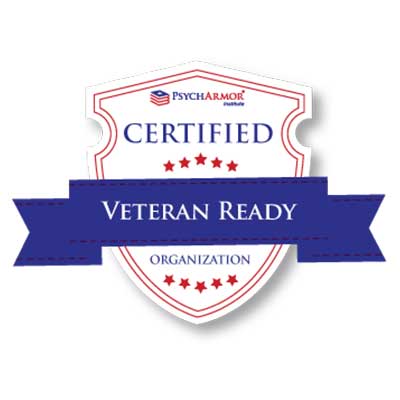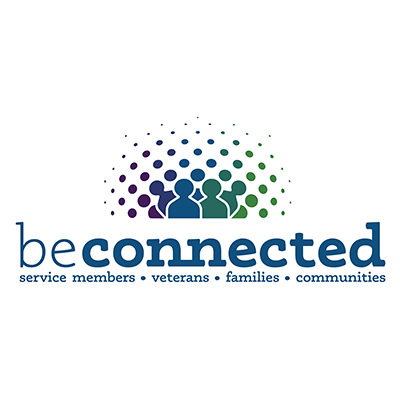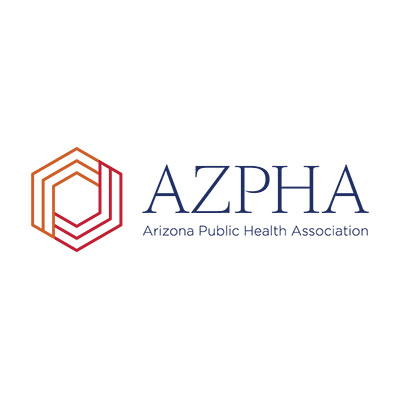Janet L. Cummings, Psy.D.
Chairman of the Board, Cummings Graduate Institute for Behavioral Health Studies
 In the September 17, 2016 issue of the Biodyne Mindset Newsletter, this author published an article entitled “Prevent Suicide by Recognizing Early Warning Signs.” The article outlined the three-stage suicidal process, and focused primarily on verbal indicators of suicide at each of the three stages. Since the publication of that article, this author has received many positive responses as well as questions about other indicators of suicide in people who are not expressing their suicidal ideation verbally.
In the September 17, 2016 issue of the Biodyne Mindset Newsletter, this author published an article entitled “Prevent Suicide by Recognizing Early Warning Signs.” The article outlined the three-stage suicidal process, and focused primarily on verbal indicators of suicide at each of the three stages. Since the publication of that article, this author has received many positive responses as well as questions about other indicators of suicide in people who are not expressing their suicidal ideation verbally.
Unfortunately, not all suicidal people tell others that they are feeling depressed and suicidal. Most people are unable to recognize the more subtle clues for lethality, although the verbal clues are certainly easier to recognize. It’s hard to miss when someone we care about tells us they feel suicidal. Suicidal people are more likely to talk about their lethality early in the suicidal process, and may talk about their depression and suicidal ideation to absolutely anyone who will listen. However, as they get closer to suicide, they usually talk about it less, and those who care about them may assume that they no longer feel suicidal.
Because suicidal people tend to talk less about their suicidal ideation as they become increasingly suicidal, and because some people never talk about their suicidal ideation, it is critical for mental health professionals to be aware of the non-verbal and tactile indicators of suicide as well as the verbal indicators.
Verbal indicators of suicide
As people move through the suicidal process, their verbal expression shifts from being more left-brain dominated (logical and matter-of-fact) to being more right-brain dominated (more illogical, confused, hypersensitive, and emotional). Left-brain tasks, such as managing finances or planning a to-do list for the day, become increasingly difficult and overwhelming. These people may talk of feeling overwhelmed and being unable to concentrate. They may suddenly seem illogical and more emotional. They may also seem more creative in their writing and other artistic expression. For example, a very logical and unemotional accountant or engineer may suddenly be writing poetry even though s/he never did so before. It is not uncommon for suicidal people to compose music or write poetry and stories for the first time in their lives. In many cases, these artistic expressions are focused on suffering, hopelessness, and death.
Non-verbal indicators of suicide
Many suicidal people continue listening to or performing their preferred genres of music, as musical tastes rarely change significantly during the suicidal process. However, their focus becomes increasingly narrowed, until they are listening to or performing just one or a few songs. These limited song choices have meaning to the suicidal person, and the lyrics or “mood” of the music can give clues to the pain source and feelings of depression and hopelessness. It is common for suicidal people to focus on music that portrays death as a relief as opposed to a tragedy.
Suicidal people’s drawings and other artistic expressions focus on themes of death, hopelessness, pain, and suicide. In drawings, the body sizes of figures may be quite reduced, and shrink over time as the individual becomes more suicidal. The small body sizes of figures reflect the suicidal person’s sense of worthlessness. In come cases, the necks or wrists on the figures they draw may be omitted or slashed, even if they are not considering a suicide method that involves slashing the wrists or throat. Heavy lines and dark colors are also very common in drawings by suicidal people.
Tactile indicators of suicide
Not all suicidal people exhibit tactile indicators, but when they do, these are very powerful and unmistakable for those who know what to look for. Suicidal people may selectively hide verbal indicators by simply choosing not to talk about their suicidal thoughts. They may selectively hide non-verbal indicators, as well, by choosing not to show others their artistic expressions. However, tactile indicators are much more difficult to hide, and are very strong indicators of suicidality in those who have them.
Suicidal people sometimes withdraw from other people. They stop touching other people, and stop allowing others to touch them. For example, someone who typically hugs his/her friends, may suddenly refuse to hug or be hugged. Suicidal people may avoid touching themselves, and as a result their grooming and personal hygiene suffer noticeably. Some suicidal people will cover or remove all the mirrors in their homes, as they no longer want to see themselves. They may also remove photos of themselves and family members from their homes and workplaces, because they no longer want to see themselves or their loved ones. These are measures that a suicidal person may take to disengage from others, and even from him/herself, in order to make suicide seem easier.
Some suicidal people rest or sleep in the fetal position. Others suddenly begin experiencing a number of injuries, as they become careless and more accident prone, hoping they will die in an accident and therefore won’t have to suicide. In some cases, suicidal people will nervously touch or scratch their necks and/or wrists, even if they are not considering a suicide method that involves these areas of their bodies. These areas can become sources of a constant irritation that is impossible to ignore, even if the person is not considering suiciding by cutting these areas.
The various verbal, non-verbal, and tactile indicators of suicide differ from person to person. Some suicidal persons exhibit most of these indicators, while others show relatively few of them. Each individual will show more of one type than the others, so it is imperative that mental health professionals who assess and treat suicidal people be familiar with all of them.
Even though the indicators of suicide are highly variable from one person to another, all suicidal people progress through a three-stage process. These three stages will be briefly outlined here, and are explained in more detail in this author’s September 17, 2016 article.
Stage One: Ideation
In this stage, the individual is thinking about suicide. However, s/he is frightened by his/her suicidal thoughts. The fear of suicide outweighs its attraction.
Stage Two: Planning
The individual’s attraction to suicide has begun to outweigh his/her fear of suicide. S/he is able to actively plan the method and timing of his/her suicide.
Stage Three: Autopilot
The person has decided to suicide. At the moment that s/he makes that decision, the decision becomes unconscious and s/he is unaware that s/he is on a collision course with death. People on autopilot no longer seem depressed, as their depression lifts when they make the decision to die. In most cases, people on autopilot will attempt or complete suicide within two days.
Suicide is a very complex issue, and suicidal ideation is expressed differently in different people. Therefore, if you suspect that someone close to you is suicidal, it is best to consult with a mental health professional who is well trained on the suicidal process and how to intervene. At the Cummings Graduate Institute for Behavioral Health Studies, our Doctor of Behavioral Health students receive significant training on how to recognize when someone is suicidal and how to intervene at all stages of the suicidal process.
References
Cummings, J.L. (2006). Suicidal patients: The ultimate challenge for master psychotherapists. In W.T. O’Donohue, N.A. Cummings, & J.L. Cummings (Eds.). Clinical strategies for becoming a master psychotherapist. San Diego, CA: Elsevier.
Cummings, J.L. (1996). Managing suicidal patients: The ultimate test in overcoming outmoded attitudes. In N.A. Cummings, M.S. Pallak, & J.L. Cummings (Eds.).
Surviving the demise of solo practice: Mental health practitioners prospering in the era of managed care. Madison, CT: Psychosocial Press.
Explore additional articles on critical topics in behavioral health
Prevent Suicide by Recognizing Early Warning Signs






























